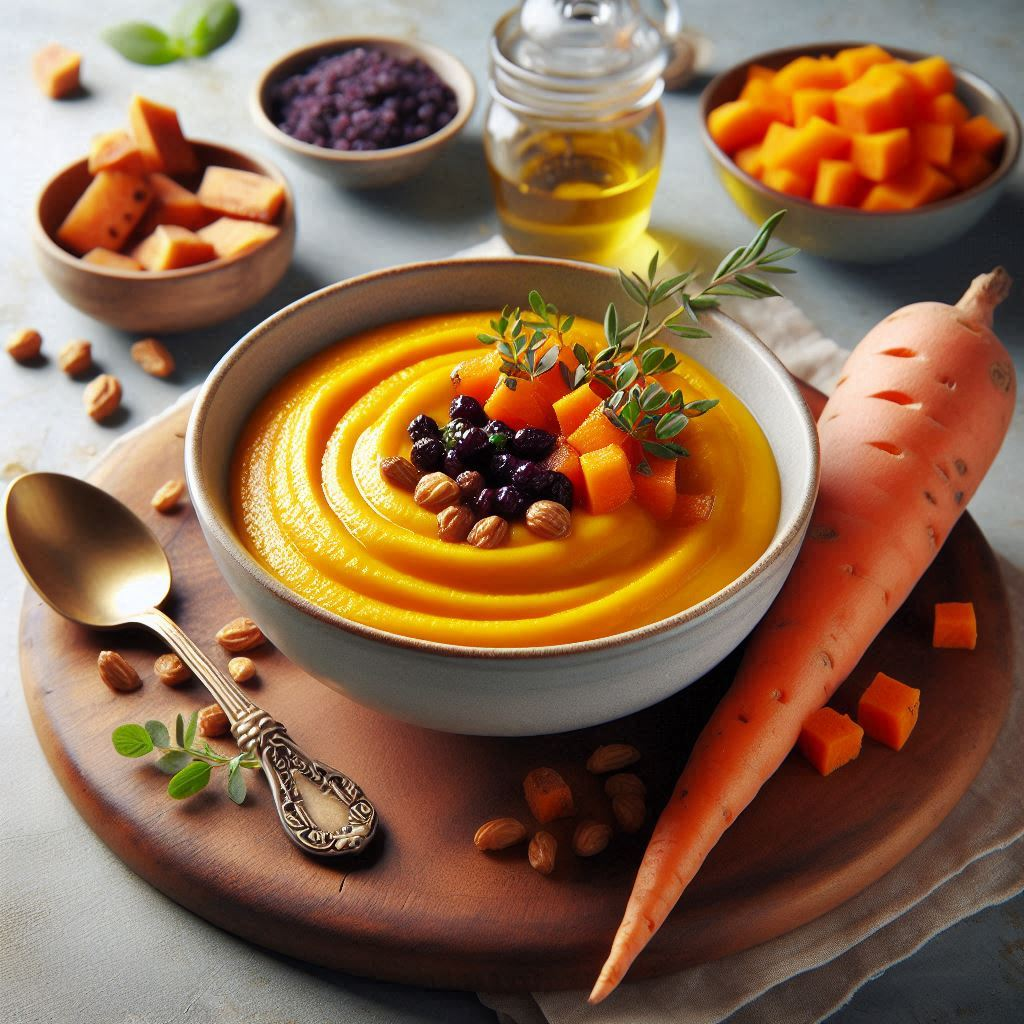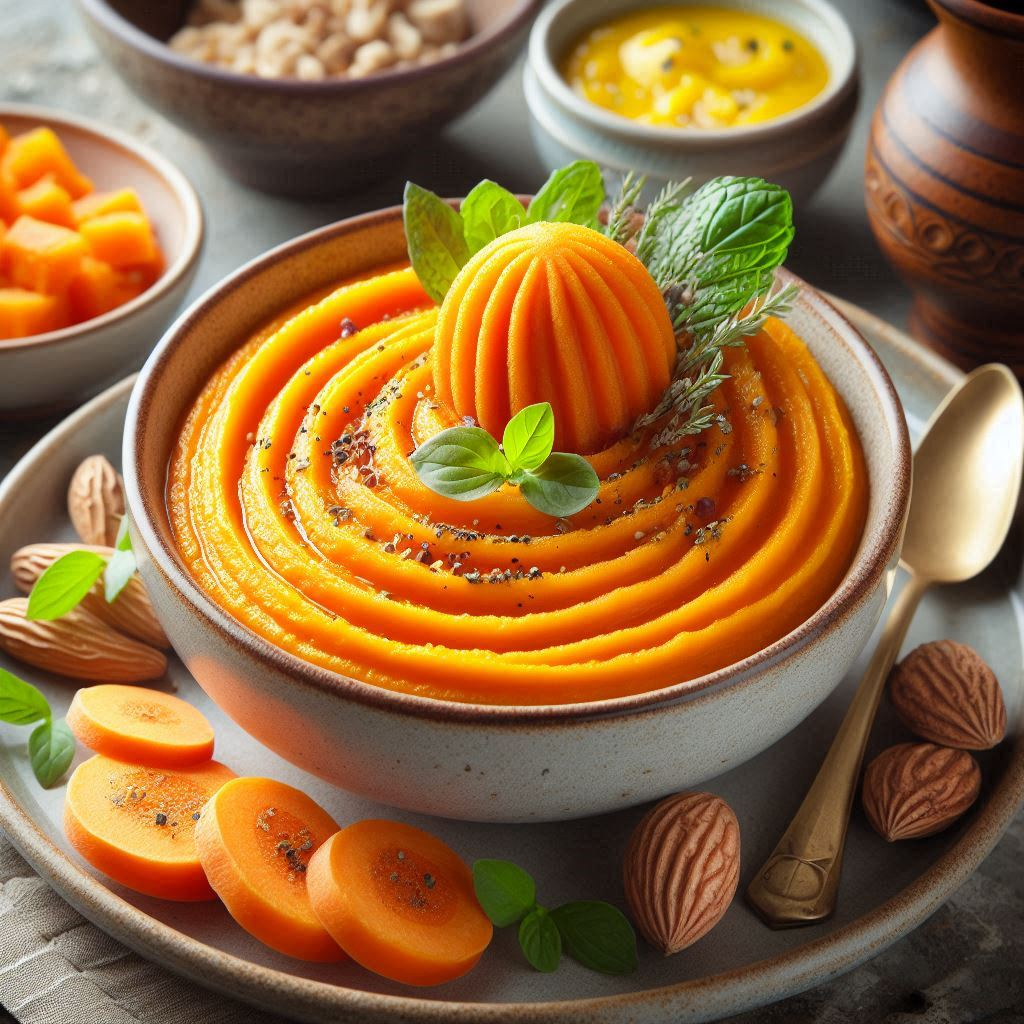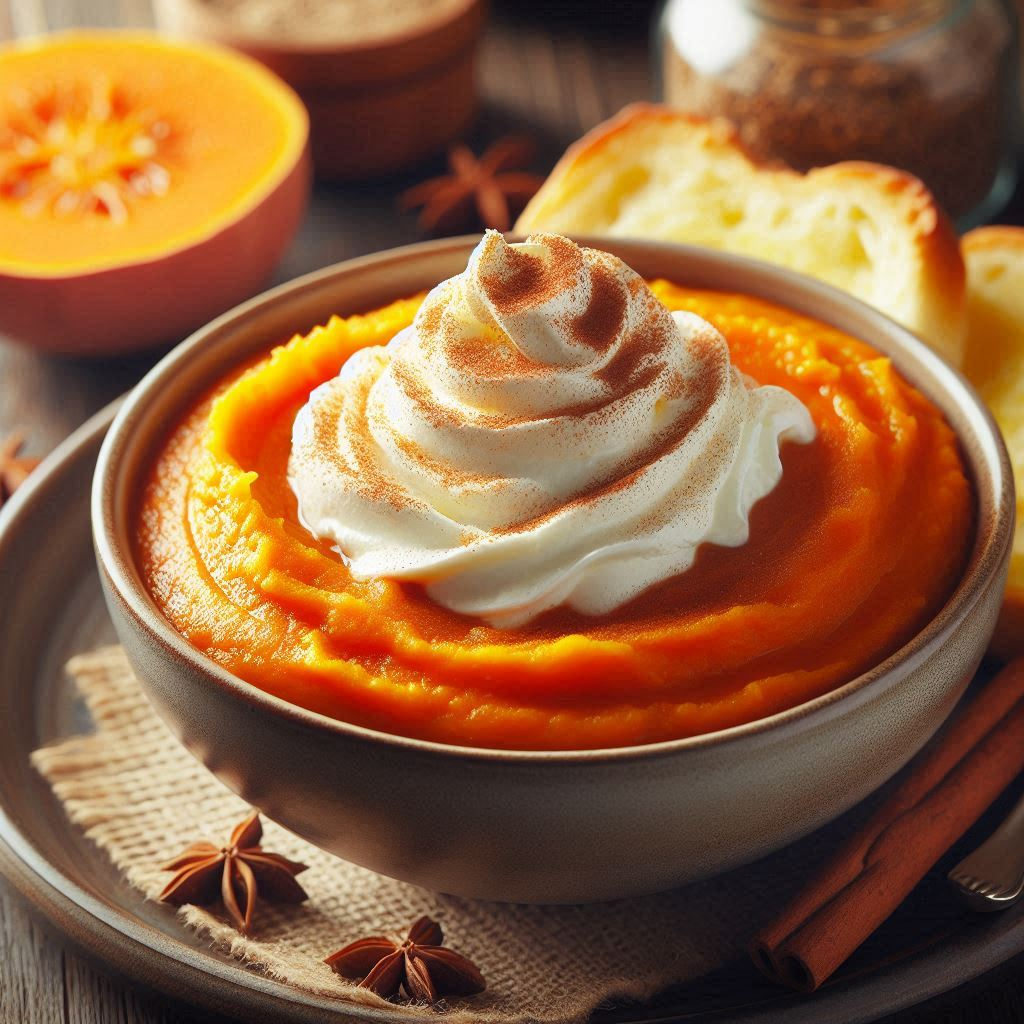Easy Homemade Baby Food Recipes
As a new parent, nothing beats the joy of watching your little one discover the world of solid foods. But let’s face it – the endless rows of store-bought baby food can be overwhelming and, frankly, a bit boring. That’s where easy homemade baby food recipes come to the rescue! Not only are they fresher and more nutritious, but they’re also a fantastic way to bond with your baby through food.
Quick Answer: What are some easy homemade baby food recipes?
Some easy homemade baby food recipes include single-ingredient purees like sweet potato, carrot, banana, and avocado for beginners. As your baby grows, you can try combination purees such as apple and carrot, pea and pear, or blueberry, banana, and quinoa.
When I first dipped my toes into the world of homemade baby food, I was a bit nervous. Would it be time-consuming? Would my little one even like it? But let me tell you, the first time I saw my daughter’s eyes light up as she tasted a spoonful of freshly made sweet potato puree, I was hooked. It’s a memory I’ll cherish forever, and it’s one of the reasons I’m so passionate about sharing these easy homemade baby food recipes with other parents.
Why Choose Homemade Baby Food?
Before we dive into the recipes, let’s talk about why making your own baby food is such a great idea:
- Ingredient Control: You’re the boss of what goes into your baby’s food. No hidden preservatives or unnecessary additives here!
- Budget-Friendly: Your wallet will thank you. Homemade baby food is often cheaper than store-bought options, especially when you buy produce in season.
- Nutrient-Packed Goodness: Fresh ingredients mean more vitamins and minerals for your growing baby.
- Adventurous Eaters: By introducing a variety of flavors early on, you’re setting the stage for a little foodie in the making!
Read more: Baby Food and Music Festival
Getting Started: Essential Tips for Homemade Baby Food Success

Before we roll up our sleeves and get cooking, here are some handy tips to keep in mind:
- Keep it Simple: Start with single-ingredient purees. This makes it easier to spot any potential allergies or tummy troubles.
- Batch Cooking is Your Friend: Make larger portions and freeze in ice cube trays for easy-to-grab servings.
- Basic Tools are All You Need: Don’t rush out to buy fancy gadgets. A simple blender or food processor will do the trick.
- Choose Ripe Produce: Riper fruits and veggies are not only tastier but also easier to digest.
Stage 1: Baby’s First Bites
Alright, let’s get cooking! These Stage 1 recipes are perfect for babies just starting their solid food journey, typically around 4-6 months old. Remember, always check with your pediatrician before introducing solids.
1. Sweet Potato Puree: A Nutrient Powerhouse
Sweet potatoes are packed with fiber, vitamins, and antioxidants – a perfect first food for your little one.
- Ingredients: 1 medium sweet potato
- Instructions:
- Peel and chop the sweet potato into small cubes.
- Steam or boil until tender (about 10-15 minutes).
- Blend with a little water, breast milk, or formula until smooth.
- Storage Tip: Refrigerate for up to 3 days or freeze for up to 3 months.
2. Carrot Puree: Eye-Healthy Goodness
Carrots are low in allergens and high in beta-carotene, supporting your baby’s eye health.
- Ingredients: 2 large carrots
- Instructions:
- Peel and chop the carrots into small chunks.
- Steam or boil for about 10 minutes until soft.
- Blend until smooth, adding water or breast milk as needed.
3. Banana Puree: Nature’s Perfect Baby Food
Bananas are naturally soft and sweet, making them a hit with babies and a breeze for parents – no cooking required!
- Ingredients: 1 ripe banana
- Instructions:
- Peel and mash the banana with a fork or blend until smooth.
- Add a little breast milk or formula to thin it if needed.
4. Avocado Puree: Healthy Fats for Growing Brains
Avocados are packed with healthy fats, perfect for your baby’s developing brain. Like bananas, they’re a no-cook wonder.
- Ingredients: 1 ripe avocado
- Instructions:
- Cut the avocado in half, remove the pit, and scoop out the flesh.
- Mash with a fork or blend until smooth.
- Mix with water, breast milk, or formula if needed for a smoother consistency.
Read more: Ingredients in a Green Baby Food Purée Nyt
Stage 2: Mixing It Up
Once your little one has mastered single-ingredient purees, it’s time to get creative! These combination purees introduce new flavors and textures to keep mealtime exciting.
1. Apple and Carrot Puree: A Sweet and Savory Delight
This combo offers a perfect balance of vitamins and fiber, with a taste that babies love.
- Ingredients: 1 apple, 2 carrots
- Instructions:
- Peel and chop the apple and carrots.
- Steam or boil until soft.
- Blend until smooth, adding water as needed for the desired consistency.
2. Pea and Pear Puree: Green Goodness
This puree combines the sweetness of pears with the protein and fiber from peas – a nutritional powerhouse!
- Ingredients: 1 ripe pear, 1/2 cup frozen peas
- Instructions:
- Peel and chop the pear.
- Steam the pear and peas until soft.
- Blend until smooth, adding water or breast milk as needed.
3. Blueberry, Banana, and Quinoa Puree: A Superfood Trio
This nutrient-dense recipe is full of antioxidants, fiber, and protein – a great combination for your baby’s development.
- Ingredients: 1/2 cup blueberries, 1 ripe banana, 1/4 cup cooked quinoa
- Instructions:
- Blend the blueberries and banana together.
- Mix with the cooked quinoa for a thicker texture.
A Mom’s Tale: My Homemade Baby Food Journey

When I first started making baby food for my little guy, I felt like I needed a degree in culinary arts! But trust me, it’s way simpler than it seems. My go-to recipe quickly became the apple and carrot puree. I’d make a big batch on Sunday, freeze portions in an ice cube tray, and voila – fresh food ready for the week! It was a real game-changer during those hectic early days of parenthood.
Storing Your Homemade Creations
Making baby food in bulk can save you tons of time. Here’s how to store it safely:
- Fresh purees can hang out in the fridge for up to 3 days.
- For longer storage, freeze purees in ice cube trays, then pop them into labeled freezer bags. They’ll stay good for up to 3 months.
- To thaw, either leave in the fridge overnight or use the defrost setting on your microwave. Always give it a good stir before serving.
Safety First: Important Considerations
When it comes to baby food, safety is key. Always follow these guidelines:
- Clean Hands: Wash those hands thoroughly before you start cooking.
- Keep Raw and Cooked Separate: Don’t let raw meats or veggies mingle with cooked foods.
- Skip the Salt and Sugar: Your baby’s kidneys aren’t ready for added salt, and sugar can lead to picky eating habits later on.
- Allergy Watch: Introduce new foods one at a time, waiting 3-5 days before trying another new food. This makes it easier to spot any allergic reactions.
Wrapping It Up: You’ve Got This!
Making your own baby food might seem daunting at first, but I promise, it’s easier than you think. With just a few simple ingredients and some basic kitchen tools, you can whip up nutritious, delicious meals that’ll have your little one smiling from ear to ear.
Remember, every spoonful of homemade goodness is not just nourishing your baby’s body, but also setting the stage for a lifetime of healthy eating habits. So go ahead, give these easy homemade baby food recipes a try. Your baby’s taste buds (and your wallet) will thank you!
Happy cooking, and here’s to raising happy, healthy little foodies!

Jessica Winter is a passionate parenting blogger with two years of experience guiding new and seasoned parents through the joys and challenges of raising babies. Her insightful posts blend personal anecdotes with expert advice to offer a warm and practical perspective on modern parenting.

